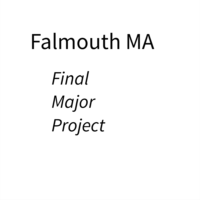This week’s subject has been very different from the first 3 weeks of the informing context module I think this is partly because of level of peer discussion that took place compared to the earlier weeks where theory was very much in the foreground.
The first discussion required a significant amount of time to research adverts that would support my position on different readings for automotive adverts. I wanted to show that the duration of a production run for a car is linked to how the viewer associates with the images used to sell the lifestyle connected to the vehicle. If an advert has a strong oppositional reading it can negatively impact the image of a car.
The second task of the week initially felt scary as I had to select a representative image without context for the group to provide a surface and personal reading. The image I shared with the group is from a mini-project childhood memories. The image is an analogue composite of two positive images. After a few comments, it was clear the group had defined a dominant reading for my image. That dominant reading was of an image shot from a train with the second image being perceived as a reflection in a window. I liked the fact the reader was not sure how the image was created giving it an air of mystery that held their gaze and drew them in looking for additional meaning within the image. Reflecting on the feedback leads me to conclude that the image should be displayed in a larger format allowing viewer to see more detail as they move closer to the image. The images used represent part of our family album and this helps create familiarity for the viewer yet there is distance at the same time adding to the elusive nature of the image.

Without contextual information, the image has ambiguity and I like the idea of that as the author I can decide if I want to share the hidden meaning with the viewer or allow them to define their own reading. Barthes argues the author is dead and that the reader is dominant. I take a counter position that there is fluid relationship between author and readers, where the author can determine how much of the meaning they want to expose to reader verses allowing the reader to create their own personal reading of the image. I believe this fluid relationship between author and reader is at the heart of my practice.




